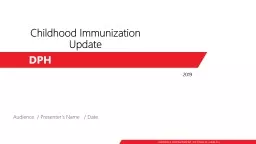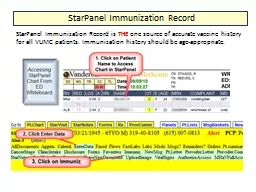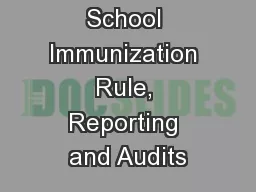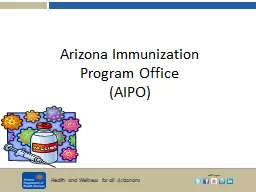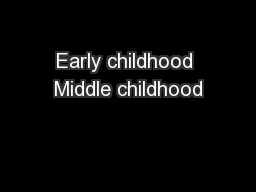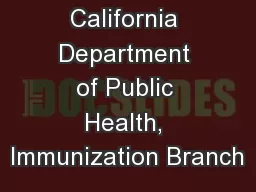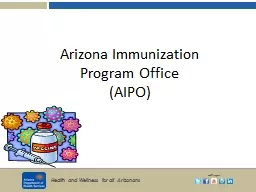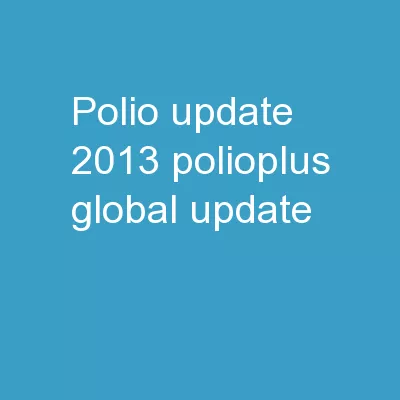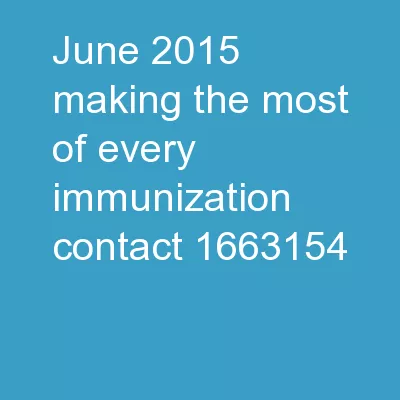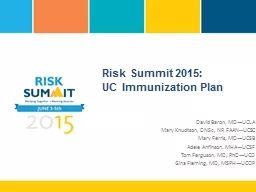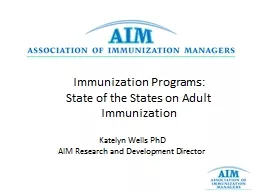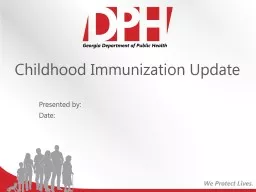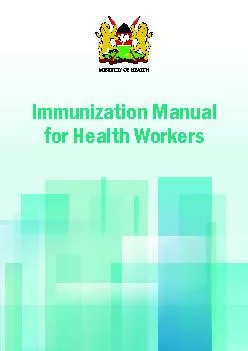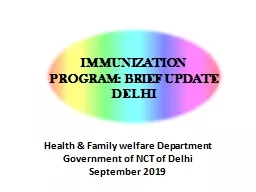PPT-Childhood Immunization Update
Author : mitsue-stanley | Published Date : 2019-06-29
DPH Audience Presenters Name Date 2019 Objectives At the end of this presentation participants will be able to Recall the role vaccines have played in preventing
Presentation Embed Code
Download Presentation
Download Presentation The PPT/PDF document "Childhood Immunization Update" is the property of its rightful owner. Permission is granted to download and print the materials on this website for personal, non-commercial use only, and to display it on your personal computer provided you do not modify the materials and that you retain all copyright notices contained in the materials. By downloading content from our website, you accept the terms of this agreement.
Childhood Immunization Update: Transcript
Download Rules Of Document
"Childhood Immunization Update"The content belongs to its owner. You may download and print it for personal use, without modification, and keep all copyright notices. By downloading, you agree to these terms.
Related Documents

